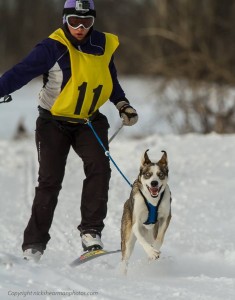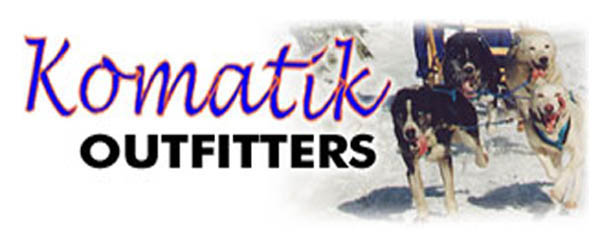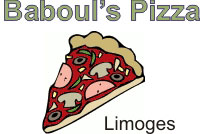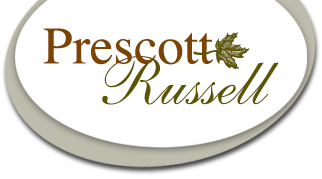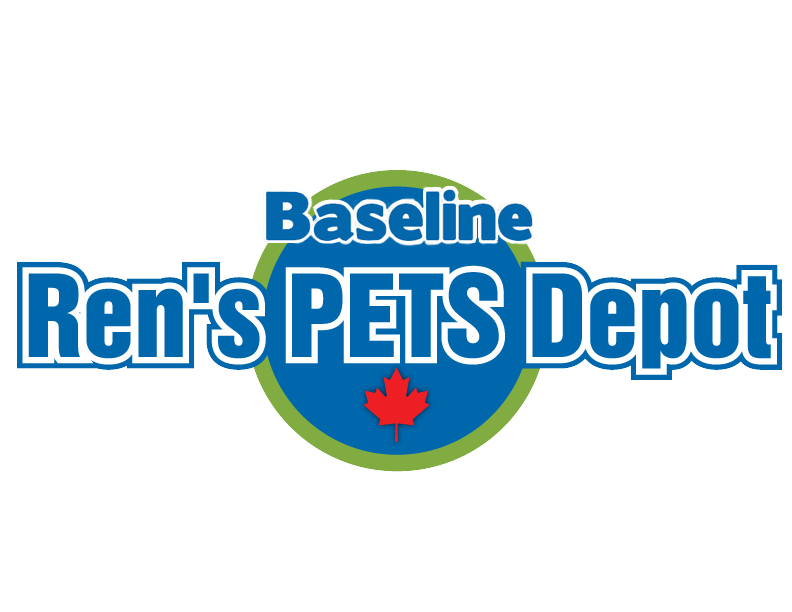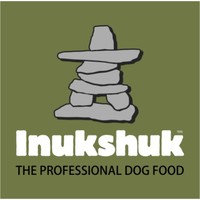Dog skijoring
Skijoring with a dog is cross country skiing with the assistance of one or two dog pulling in harness. Both the skier and the dog share the workload, making skijoring a sport for both the dog and its human partner. While a strong dog can get any skier a fun ride, a good skier will get the most from its dog.
The skier wears a skijoring harness, the dog wears a sled dog harness, and the two are connected by tug line (part of the tug line is elastic). There are no reins or other signaling devices to control the dog; the dog must be motivated by its own desire to run, and respond to the owner’s voice for direction.
Many breeds of dog participate in skijoring. The only prerequisite is a desire to run down a trail and pull, which is innate in many dogs. Small dogs (less than 35 pounds) are not as commonly seen skijoring, because they do not greatly assist the skier; however, since the skier can provide as much power as is required to travel, any enthusiastic dog can participate. Athletic dogs such as Pointers, Setters and herding breeds take to skijoring with glee, as do the northern breeds, however, any large energetic dog is capable of enjoying this sport. Golden Retrievers, Giant Schnauzers, Labs, and many cross-breeds are seen having fun in harness.
The sport is practiced recreationally and competitively, both for long distance travel and for short (sprint) distances.
Competitions
Skijor races are held in many countries where there is snow in winter. Most races are between 5 kilometers and 20 kilometers in length. In the United States and Canada, skijoring races are often held in conjunction with sled dog races, skijoring being just one category of race that occurs during the day’s activities. In Scandinavia, skijor racing is tightly associated with the older Scandinavian sport of Pulka. Skijoring races are not normally limited to purebred Northern breed dogs such as the Siberian Husky. On the contrary, the top ranked racing teams in the world are German Shorthaired Pointer and Pointer/Greyhound/Alaskan Huskies crossed breeds.
Although some races are unsanctioned, held under the sole guidance of a local club, many races fall under one of three international organizations. In the United States and Canada, ISDRA (International Sled Dog Racing Association) sanctions many races. In Europe ESDRA (European Sled Dog Racing Association) provides sanctioning, and the IFSS (International Federation of Sleddog Sports) sanctions World Cup races all over the world, as well as a world championship race every two years. At the IFSS World championship event, skijoring races are separated into men’s and women’s, and one-dog and two-dog categories.
Origin
Since many leashed dogs naturally tend to pull a skier with no training, the sport cannot claim a single country of origin. It was invented and continues to be reinvented all over the world. As a competitive sport, however, it is believed that the first races were held in Scandinavia as an offshoot of the older sport of Pulka. Competitive racing has been taken up in North America while its older cousin Pulka racing has not yet become popular.
Equipment
The skijoring belt worn by the skier is a wide waistband which is clipped around the skier’s waist which may include leg loops to keep it in position, Or a soft fabric harness wrapping around the hips.
The sled dog harness can be any of the several types of dog harness commonly used for dog sledding.
The skijoring line is usually at least 1.5 metres (8 feet) long. A longer line is used for a three-dog team. A section of bungee cord is often incorporated into the line to absorb the impact of the dog’s forward motion or a quick stop by the skier. Special quick-release hitches or hooks are available, used so that the skijorer may unhook the dog’s lead rapidly.
Techniques and training
The skate-skiing technique is almost exclusively used. Classic skis with grip wax are not used for races but are occasionally used for extended back-country travel.
Skijoring dogs are taught the classic dog sledding commands to start running (hike), turn (gee and haw—right and left respectively in the US), to stop (whoa) and to pass distractions (on by). Training is best done on foot, before the person straps on their skis, to avoid being pulled into objects, like trees or half-frozen creeks.
To participate in races, skijoring dogs must be taught to pass, or be passed by other teams without interfering with them. An overly friendly attempt by one dog to stop and greet another team passing at high speed can be as problematic as a dog that attempts to nip other dogs in passing. A top skijor racing team can pass other teams head-on, without even turning to look at them.



